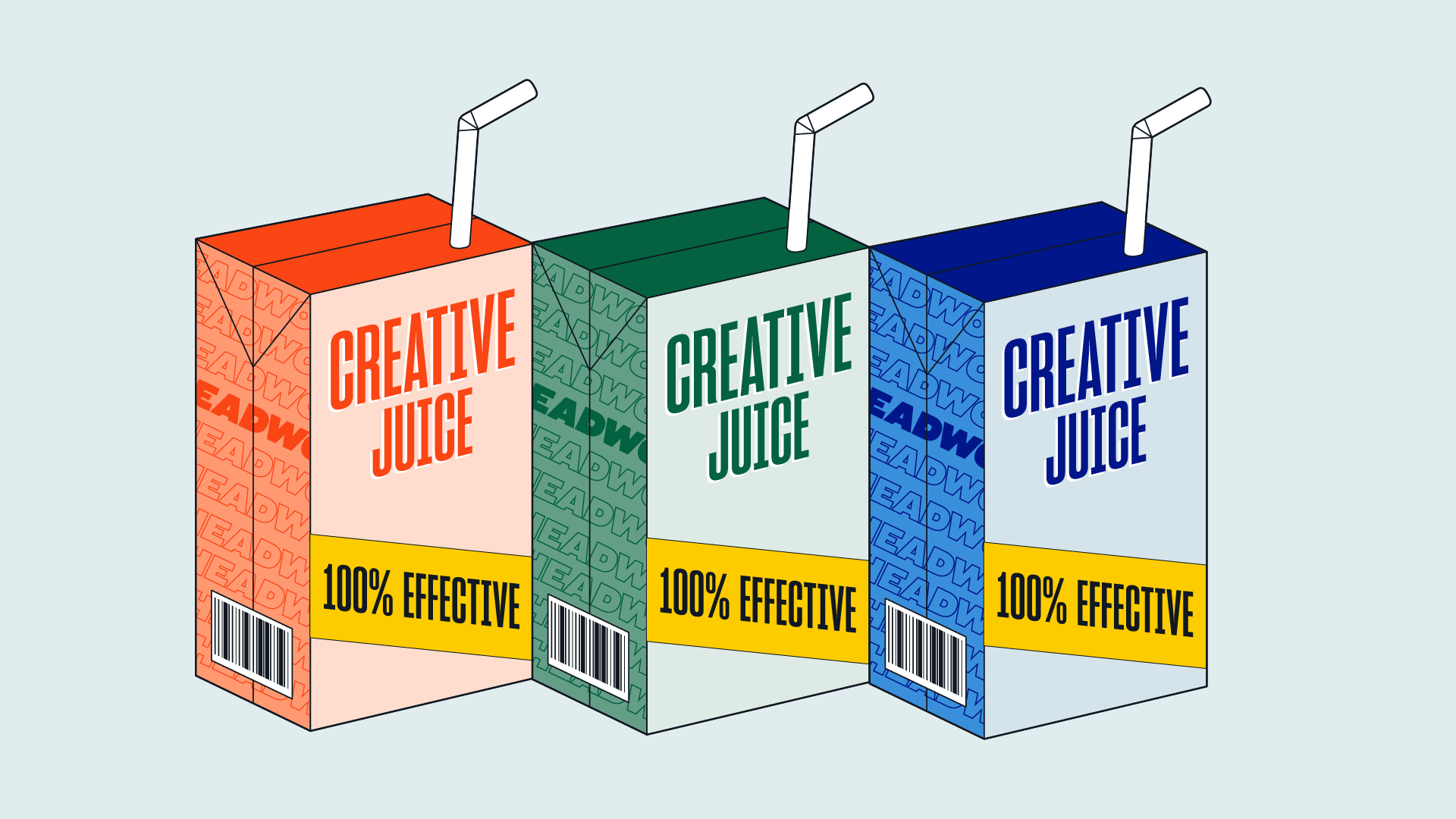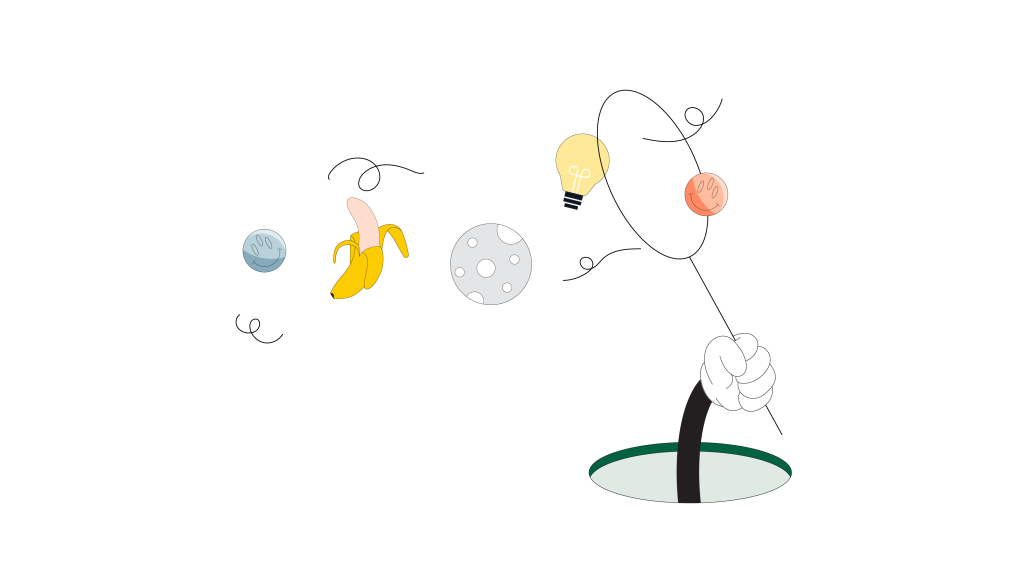
How To Work With Creatives
Working with creative humans comes down to support. Support the creative process with structure and the human performing the process with kindness.
My first collaborative creative task began and ended haphazardly and horribly in my sophomore year at college. A rowdy crowd of theater kids and stand-up wannabes chose an accessible, easy goal – become instantly internet famous with a single, hilarious YouTube video.
We had a purpose, but we lacked a collaborative process to achieve our goals. Furthermore, we all cared more about getting our ideas across than supporting each other’s imaginations. We lacked respect and kindness. Our collaborators took on the role of villains in our eyes. We became each other’s obstacles instead of supporters.
Our lack of process and respect produced hurt feelings, bruised egos, and somehow after a couple weeks of work, our sketch never even made it into a script format. The group inevitably collapsed.
Through this failure I began to learn that collaborative creation is a humble, grounded, down-to-earth process. It’s rarely a Don Draper epiphany or a Sherlock Holmes moment of clarity. You simply, quietly, and diligently support the other creatives.
Creativity feels impossible – imagine something that does not exist and condense infinite possibilities into a single concrete execution. Since we only ever have finite viable solutions to a problem and infinite possible solutions, creativity is therefore more about failure than it is about success. We literally can’t avoid failing, and trying to avoid failure by not coming up with ideas at all is the only way to actually fail.
My team calls this exploration of creative possibilities “going wide.”

In the beginning, I “went wide” on understanding how creativity actually works and began to narrow down my process. Endless tabs filled my poor browser window almost to bursting and on multiple occasions my computer would overheat and shut down.
My next big failure was an honest mistake. I read about other people’s creative processes until I considered myself the creative expert in my universe. In my heart and my head I could feel the overwhelming power and correctness of my ideas. Having achieved the ultimate understanding of how to be creative, my only remaining flaw was that I had not actually created anything. Crammed full of creative theory, I neglected actually being creative.
Creativity, like most of life, happens iteratively. As small process changes build up and we learn about the world around us, we evolve. We try, we fail or succeed, we learn, and we try again. At first I never tried, never failed, never learned, and never got better. I simply kept learning more. Top 10 lists of writing tips, boundless reddit threats, tumblr posts…
The end result of this unnatural, unintuitive, unpleasant process was a monster. My natural inclination skewed obsessive about my ideas generated when I go wide. My precious little darlings, each one expressing an aspect of my very personhood. To deny an idea was to deny me my identity. Suggestions or critiques felt like conspiracies. I became truly awful to work with.
To make matters worse, I became harsh on myself. I was supposed to be exploring and going wide on wonderful ideas, but instead I shut things down immediately and acted selfishly. My ideas were correct and if you give me enough time, I could make you understand that. Brilliant life strategy.
I still open way too many tabs, and I refuse to delete anything I have ever added to a brainstorm doc. Instead I ritually move ideas to the bottom of the document, preserved forever and left to my future self and digital archeologists. A copywriter I work with calls this “The Forrest Method.”
The hardest lesson needed to work with creatives happens off the field of battle, outside of the process of being creative. In our world, we cannot stand alone creatively. Even novelists have publishers. Bloggers have websites and social media based on technology that they barely understand.
A seismic shift happened when I stepped out of the writer’s room and into production. I was supposed to be noticed as a writer for being a perfect flower in a parking lot, but nobody noticed. All this intense structure and process knowledge I had learned over the years suddenly had a purpose. In fact, I had an advantage!
As a producer, I fell in love with bringing talented people together and helping them make something amazing. As a writer alone, nobody needed my help. As a producer, everyone needed my help. I stopped writing and followed the dopamine.
When competing with creatives became a wholly collaborative experience, my world changed forever.
Working with creative humans and helping them achieve their dreams became my expression of love in the universe.
Working with creative humans has less to do with creativity and more to do with humans. By understanding how to work with and support humans in general, we know most of what there is to know about how to work with and support creative humans.
Helping other humans helped me understand myself. After a few years of producing and not creating, I could feel a void growing in my soul. The need to create remained, but my anxieties remained. The situation reminded me of a time I helped a director rewrite a scene at the very last minute in a stressful situation with very limited time. I reassured the director and sat down to help however I could. What if I treated myself with kindness and tried to help myself like I would another person?
It worked. Haven’t stopped writing since.
Love is enabling people to choose what they want to be and do. I love creatives. I have built a career out of supporting them.
Everyone’s creative process is different. I needed to love myself and my own unique process as a creative human so that I could properly support other creative humans. When building and supporting a team of creatives, we need a central flexible process that can accommodate different shapes of creatives.
Everyone on our team wants to be doing exactly what they’re doing. That’s not accidental but the result of hard work and intensive, thoughtful process management.
When Matthew Dugger and I started this agency we immediately aligned on how we were going to run our agency with love. We would hire the best people, pay them well, support them holistically with structure, and give them the freedom to do what they want to do at a high level.
We finally unlocked the secret at the center of our business: good creative happens when you have the freedom to fail and the structure to succeed.